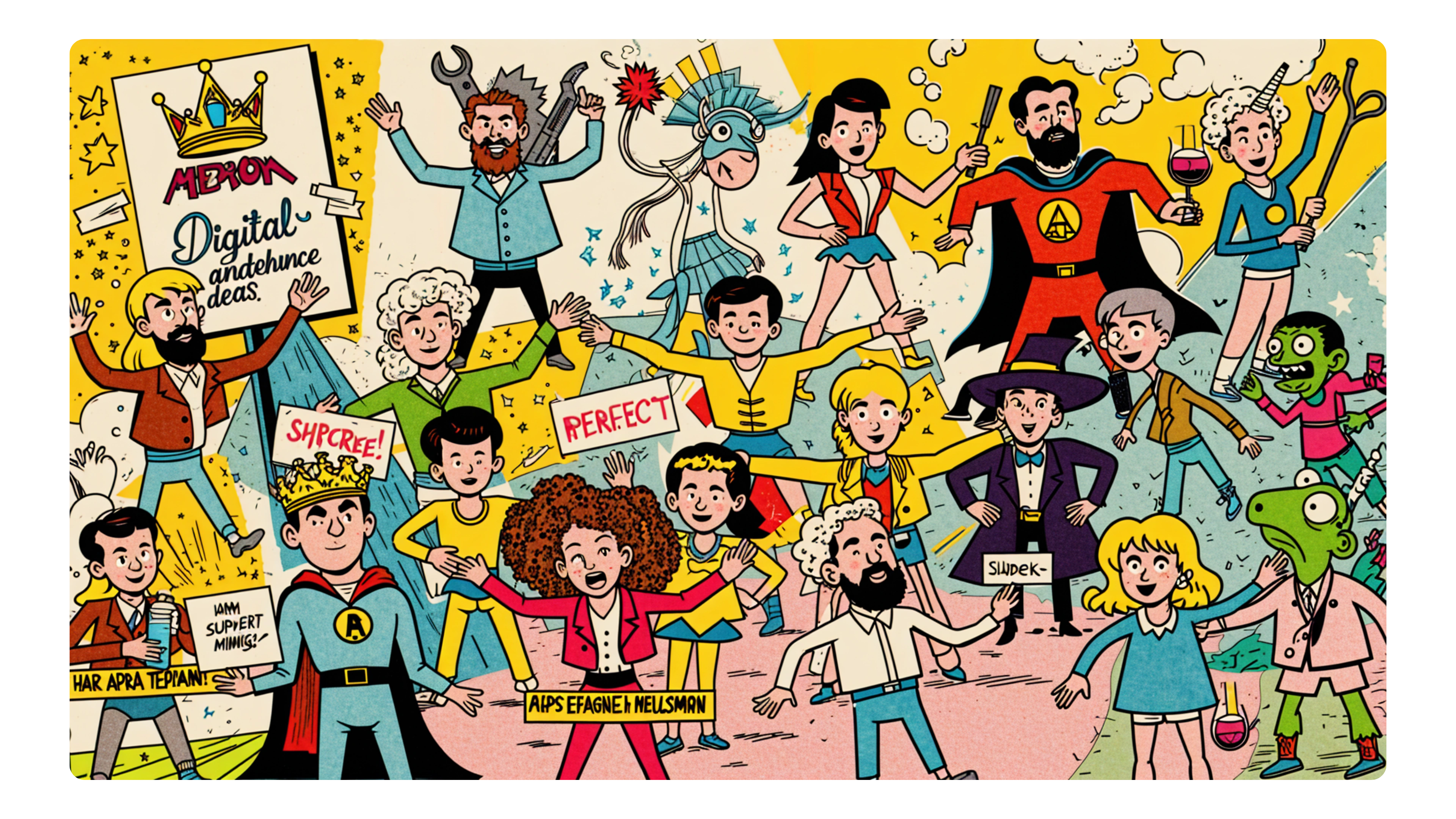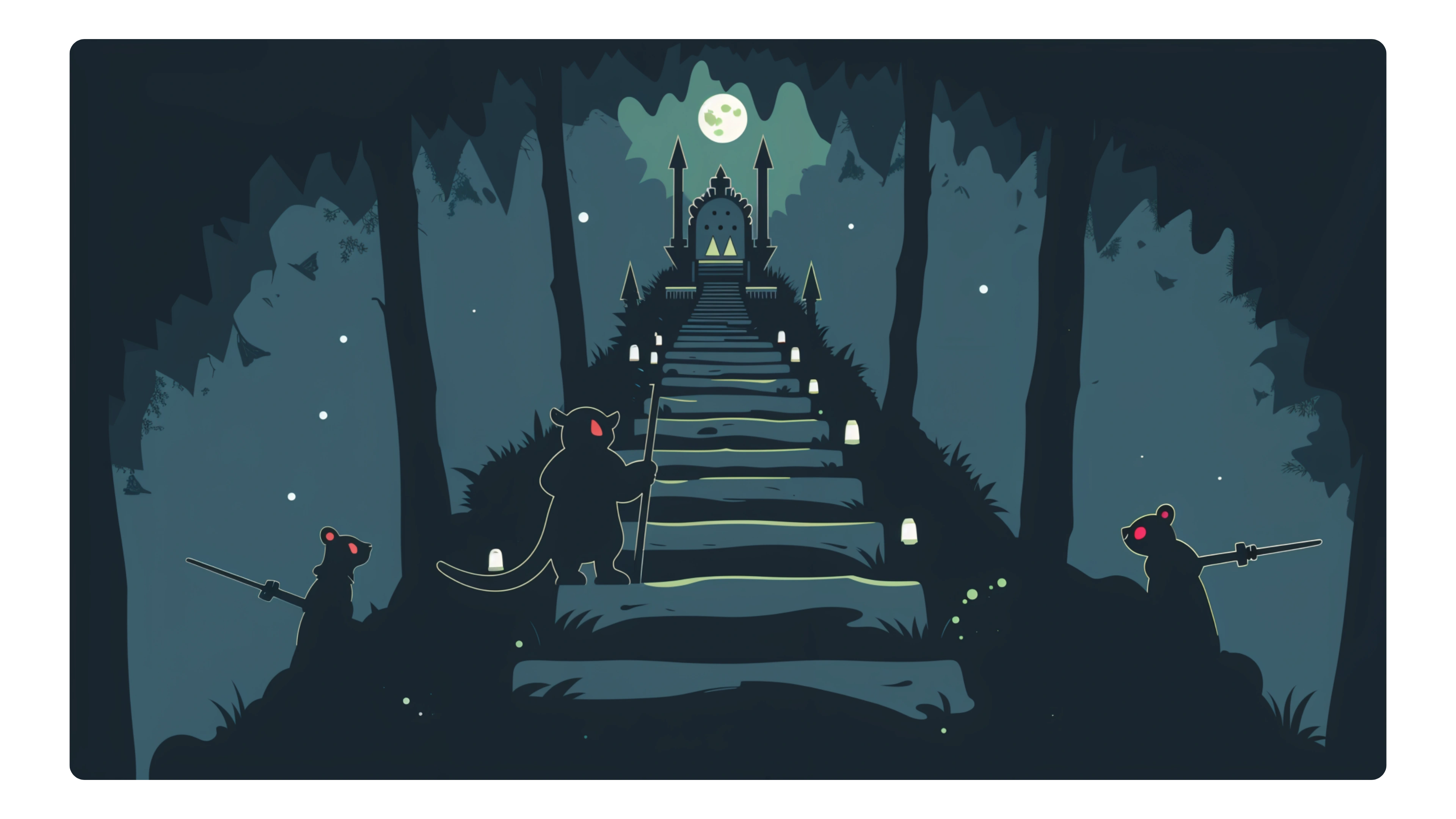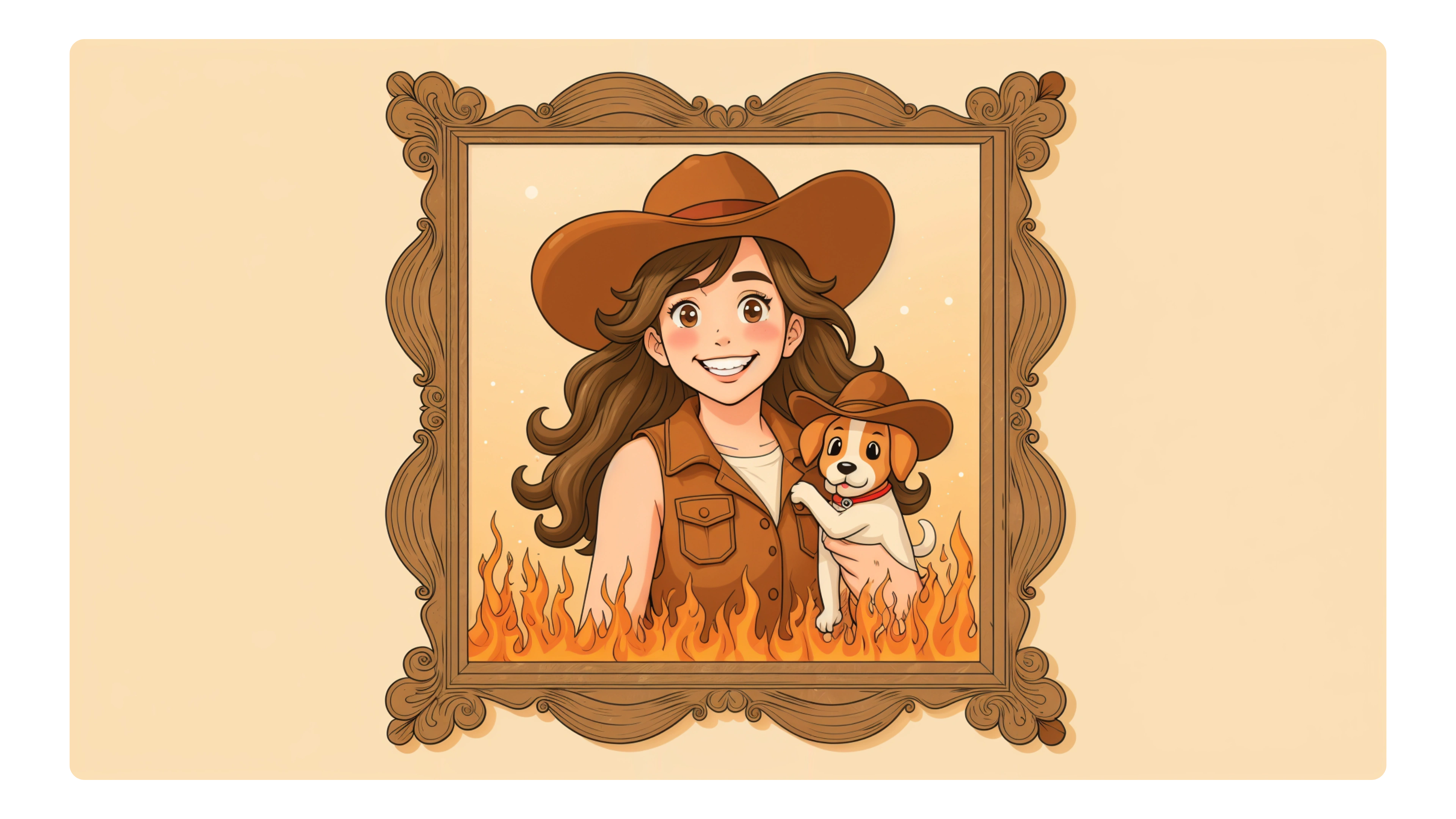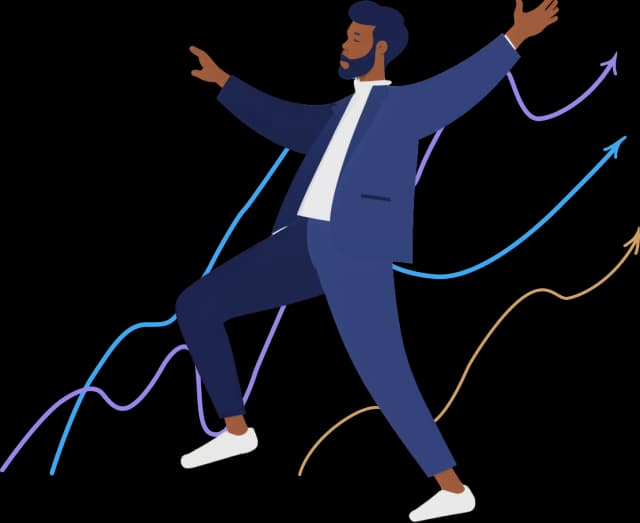The New Art Renaissance: Why AI Illustrations are Taking Over Galleries and Ads

We are witnessing an unprecedented renaissance in art. In this digital age, artificial intelligence (AI) has catalyzed a new revolution in the visual arts, particularly in illustration. What once required long hours of work by human artists can now be replicated, modified, and recreated in seconds. However, speed is not the only advantage. AI opens up endless possibilities in the exploration of style, color, and form, taking art in directions never before imagined.
From art galleries to commercial advertisements, AI-powered illustrations are not only challenging the boundaries of creativity but also redefining how we view art. Amidst the debate between authenticity and innovation, one thing is clear: we are entering a new era where humans and machines are working together to create extraordinary visual beauty.
Why AI Illustrations Dominate?

1. Unprecedented Speed and Efficiency
In a world where time is everything, AI is enabling illustrators and creative teams to produce high-quality work in a fraction of the time. What used to take weeks can now be completed in a matter of hours.
This technology is especially helpful for projects with tight deadlines, such as seasonal campaigns or marketing events. Additionally, AI allows for quick revisions without having to start over. This gives artists and creative teams unprecedented flexibility.
In the advertising industry, where fresh, unique visuals are in high demand, AI is a key tool. With just a few clicks, marketing teams can produce an infinite variety of visuals, ensuring that every campaign feels fresh and relevant.
2. Unlimited Style Exploration
One of the wonders of AI-powered illustration is its ability to create a wide range of styles. From stunning realism to imaginative surreal illustrations, AI is able to mimic and recreate a variety of art genres.
This technology allows artists to experiment with styles they may not have tried before. AI has no mental or technical limitations when it comes to exploring color, texture, and composition. This allows for the creation of truly unique, never-before-seen works of art.
Even in the art world, galleries are starting to showcase AI-powered artwork, recognizing its potential as a legitimate form of expression. With AI, art is no longer limited to what humans can do; it is transcending the boundaries of traditional creativity.
3. Personalization for Dynamic Markets
In the world of advertising and marketing, personalization is key. Consumers are more likely to be attracted to ads that feel relevant to their needs and preferences. With AI, illustrations can be automatically tailored based on audience data, such as demographics, interests, and behaviors.
For example, in a social media campaign, AI can generate hundreds of ad variations, each tailored to a specific target market. This means brands can deliver more personalized messages, increasing engagement, and ultimately, conversions.
This personalization isn’t just about changing colors or fonts, it’s about creating a visual experience that truly feels tailored to each individual. This is the future of advertising that can only be realized with the power of AI.
4. Collaboration between Humans and Machines
Contrary to fears that AI will replace human artists, the opposite is true. AI is becoming a collaborative tool that allows artists to explore ideas in new ways.
This collaboration allows artists to speed up the iteration process and test multiple concepts in a short amount of time. AI provides a multitude of options that humans might not have thought of, and from these, artists can choose and refine the final product.
Some artists even consider AI to be a creative partner, not a tool. They provide initial input and let the AI explore unexpected outcomes. The end result is a blend of human touch and technological innovation that produces profound and meaningful artwork.
5. Scalability and Accessibility
Art is no longer the preserve of a select few with access to vast resources. AI democratizes art. AI-powered illustration platforms allow anyone, from creative individuals to small businesses, to create high-quality artwork without the need for deep technical skills.
In the past, creating high-quality illustrations required expensive equipment and years of training. With AI, those barriers are gone. Anyone with access to a computer and the internet can create stunning illustrations in minutes.
This means the market is becoming more competitive and innovative, as more people are contributing fresh ideas. In the business world, it also means that high-quality creative campaigns are no longer exclusive to big brands with big budgets.
6. Challenges and Future
Despite its many benefits, AI in illustration also faces challenges. Ethical issues, copyright ownership, and fears of losing the human touch are hot topics in modern art discussions.
Some artists worry that with AI, the value of traditional art will decline. There is also debate about who owns the rights to the work produced by machines. Is it the artist who provided the input, the company that created the algorithm, or the machine itself?
However, the future looks bright. With better regulation and understanding, AI and humans can continue to collaborate to create art that is not only beautiful but also meaningful. We may see an era where artists and machines complement each other, creating something that neither could do alone.
A New Era in Visual Arts

AI-powered illustration is not just about technology, it’s about how humans use new tools to express ideas and emotions. We are not only witnessing a shift in the way art is made, but also in the way we view art itself.
The future of art is collaborative. With the combination of human creativity and the computing power of AI, we are on the verge of an era where the lines between technology and art are increasingly blurred. It’s not just about what we can create, but how we use technology to push the boundaries of imagination and innovation.


